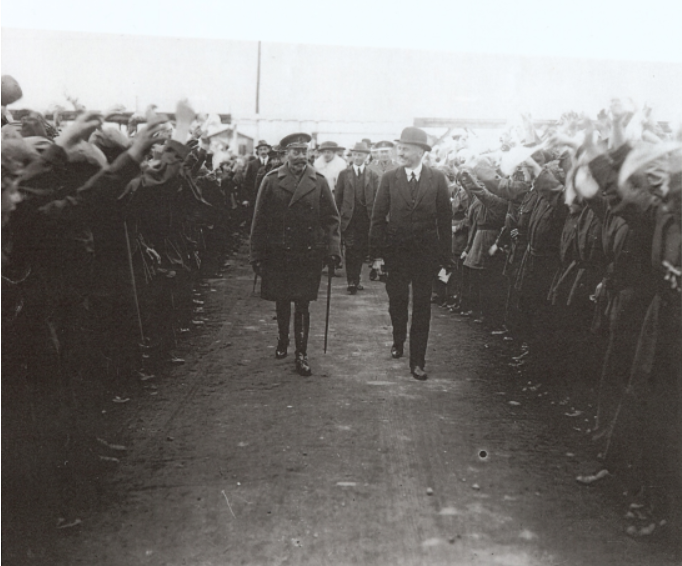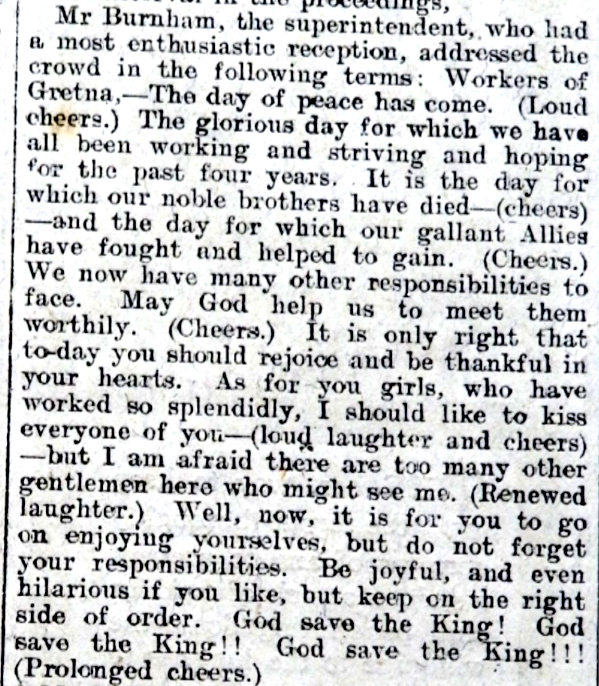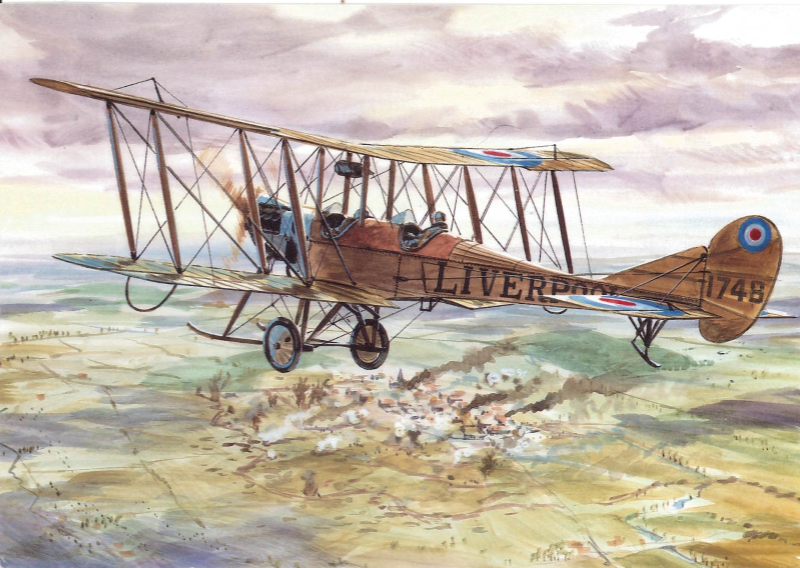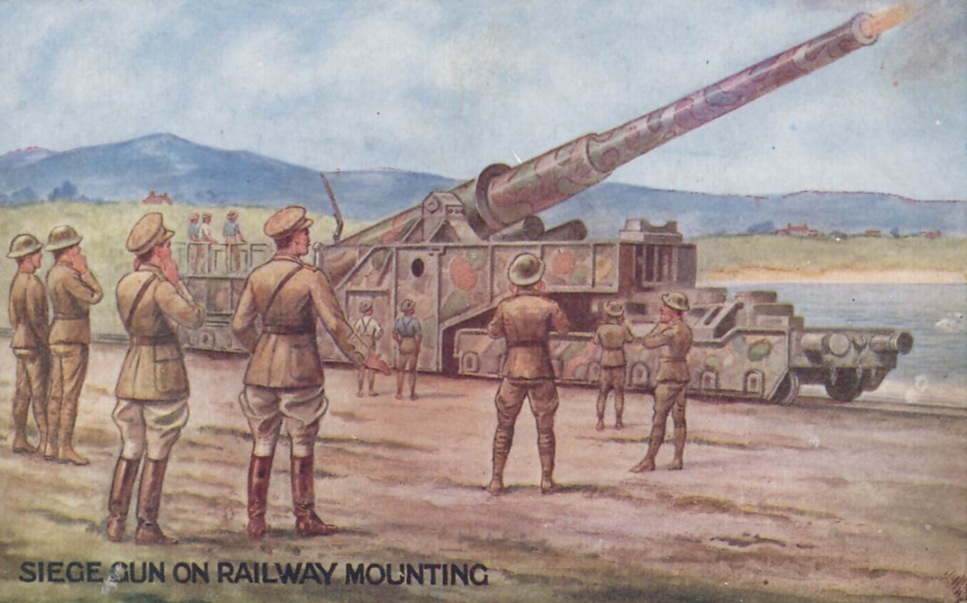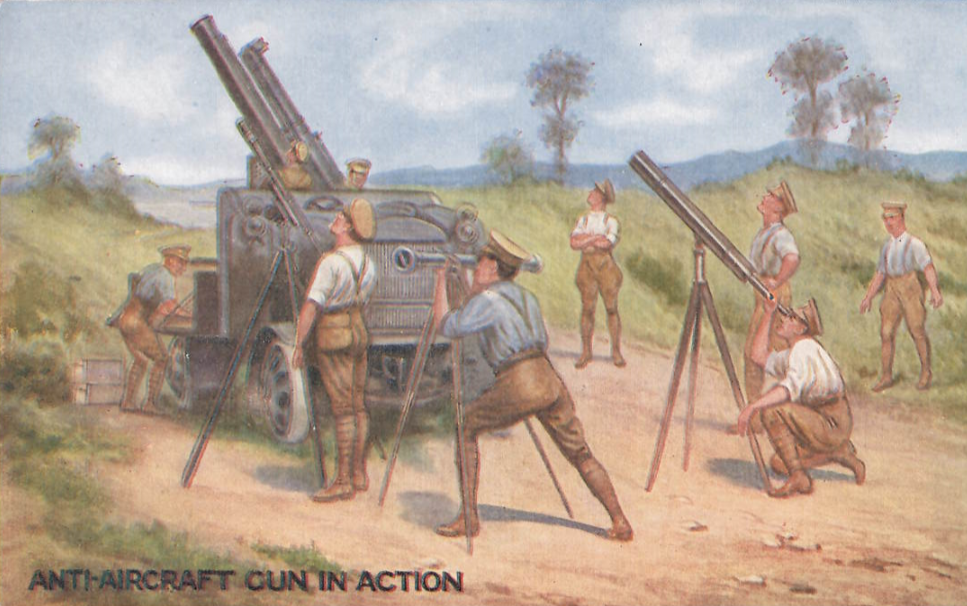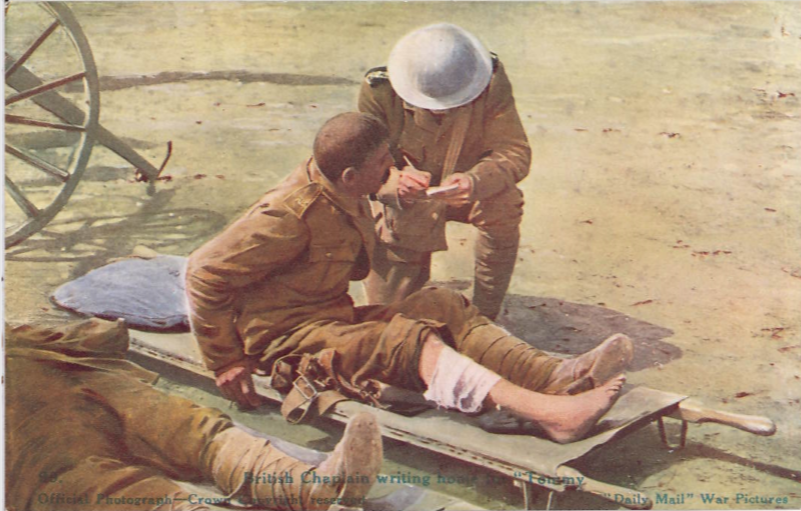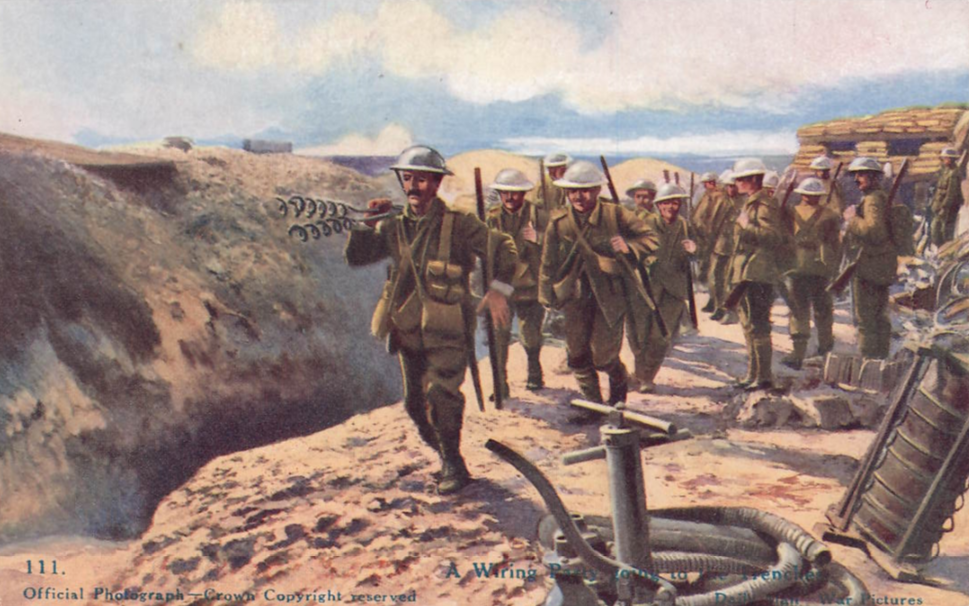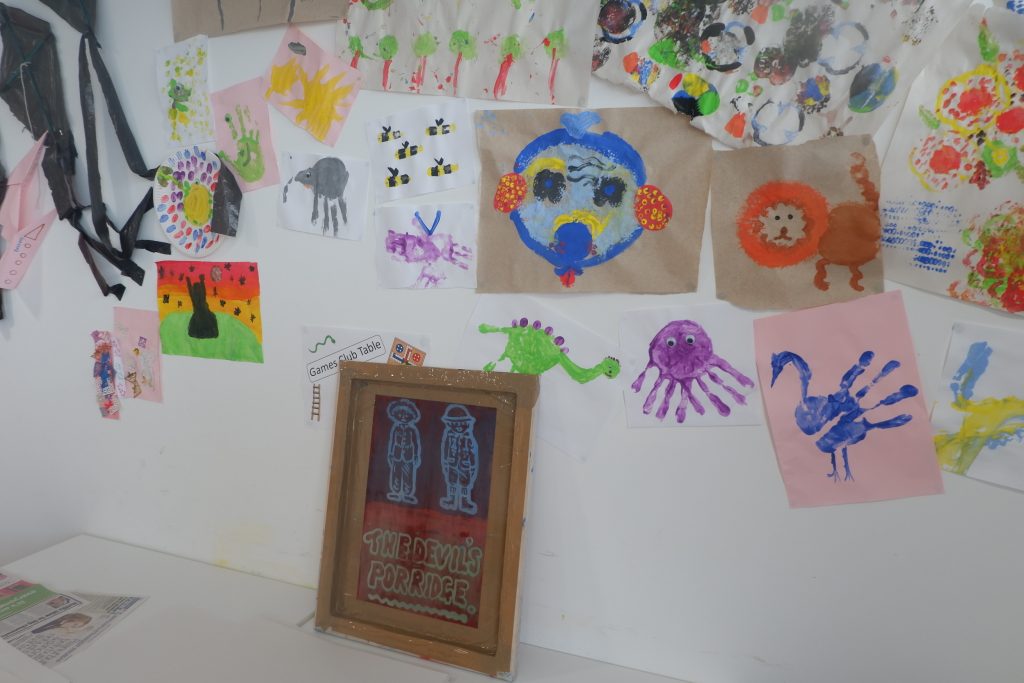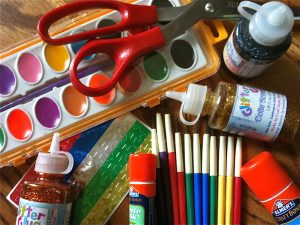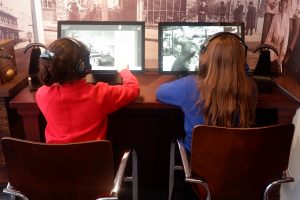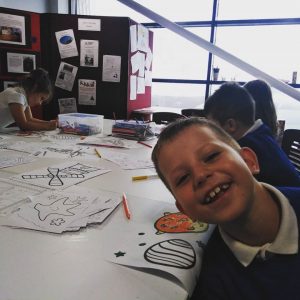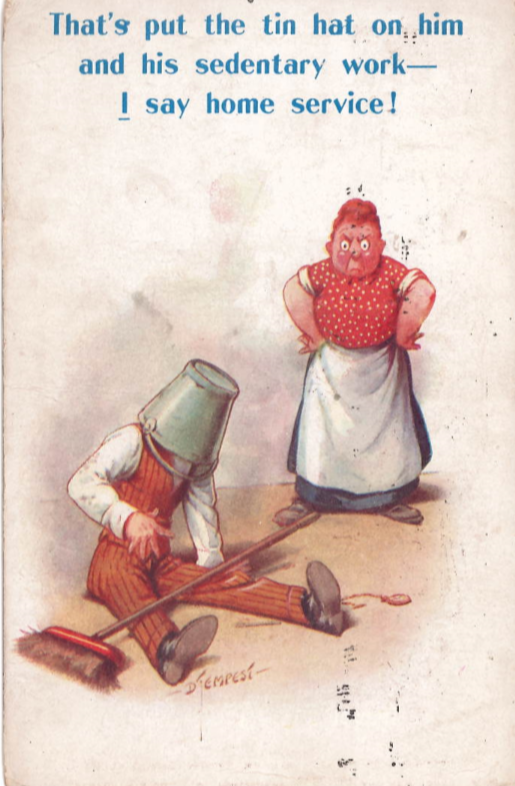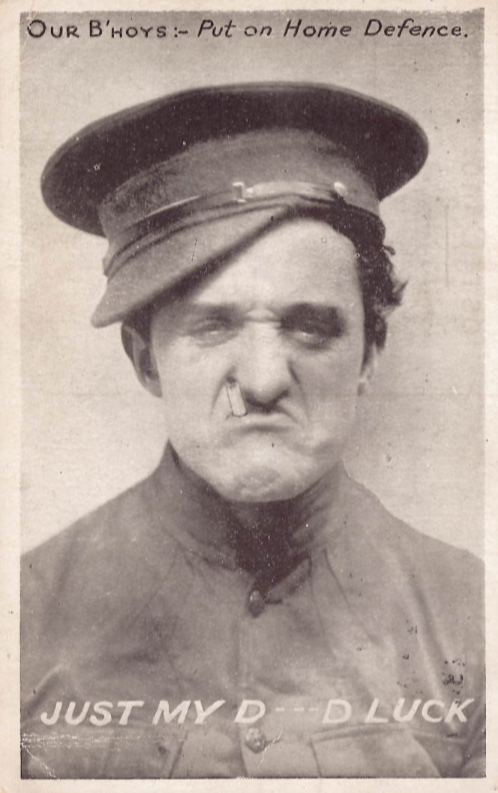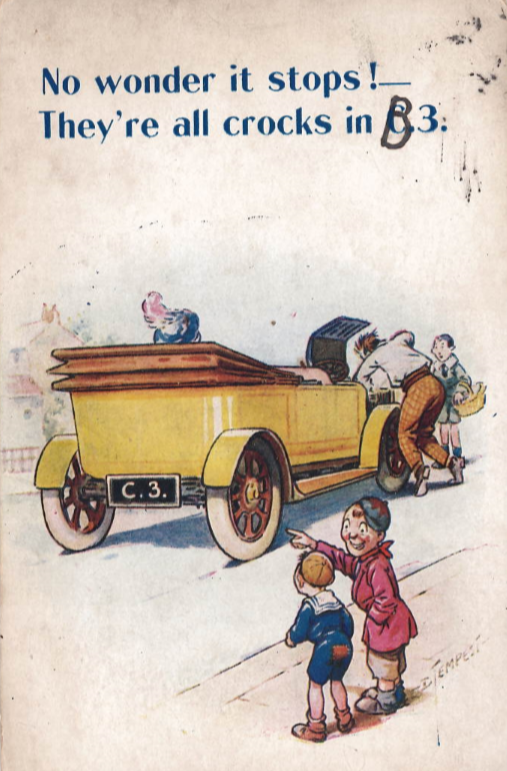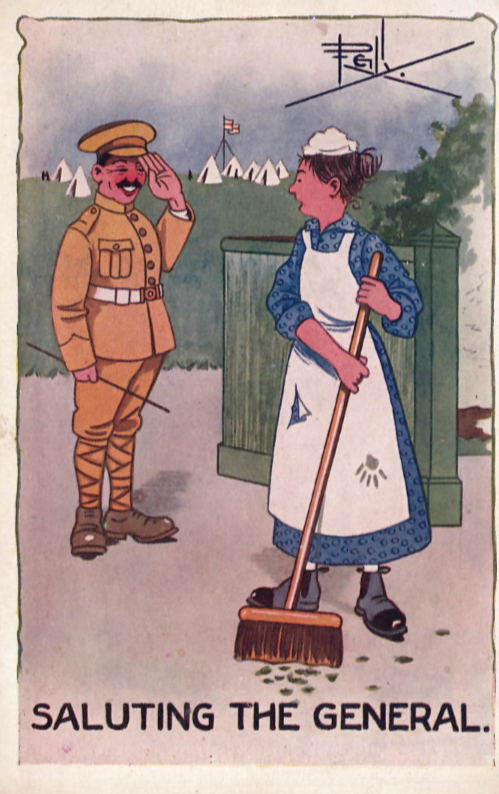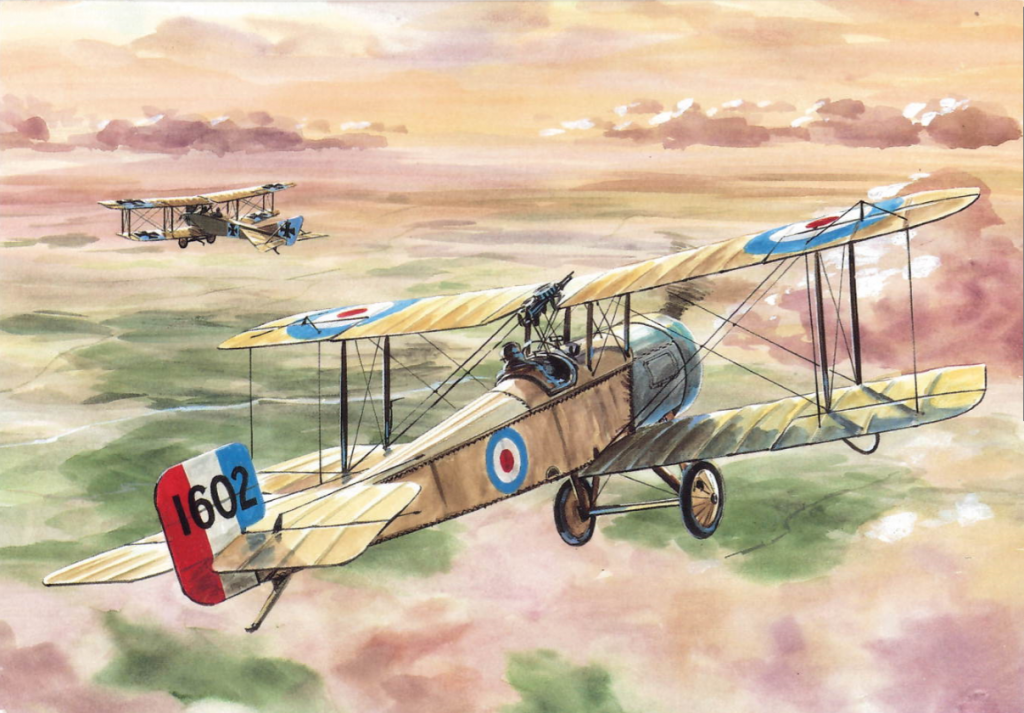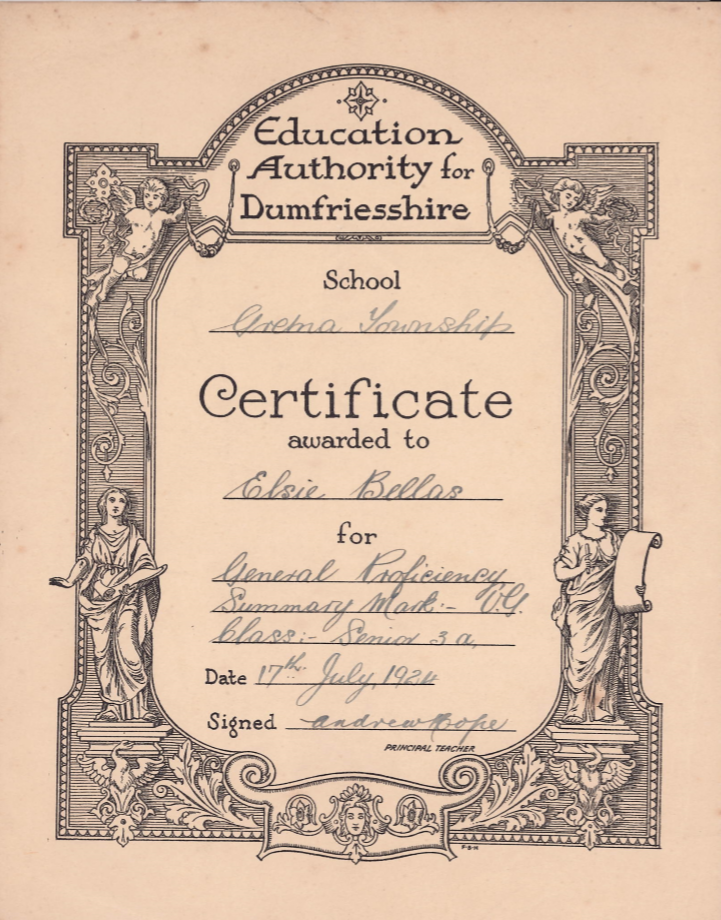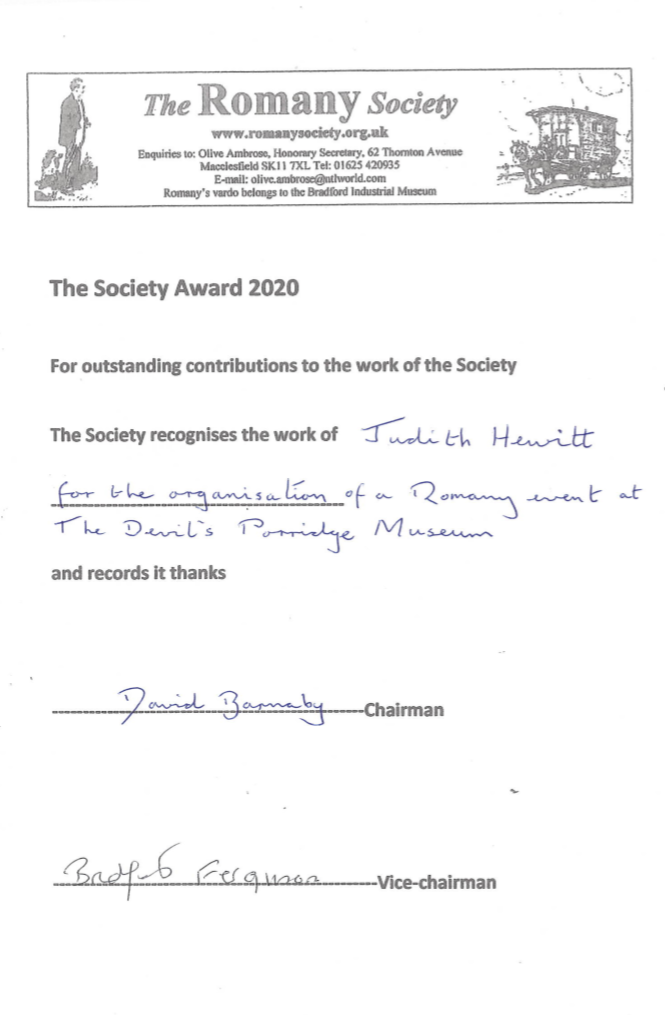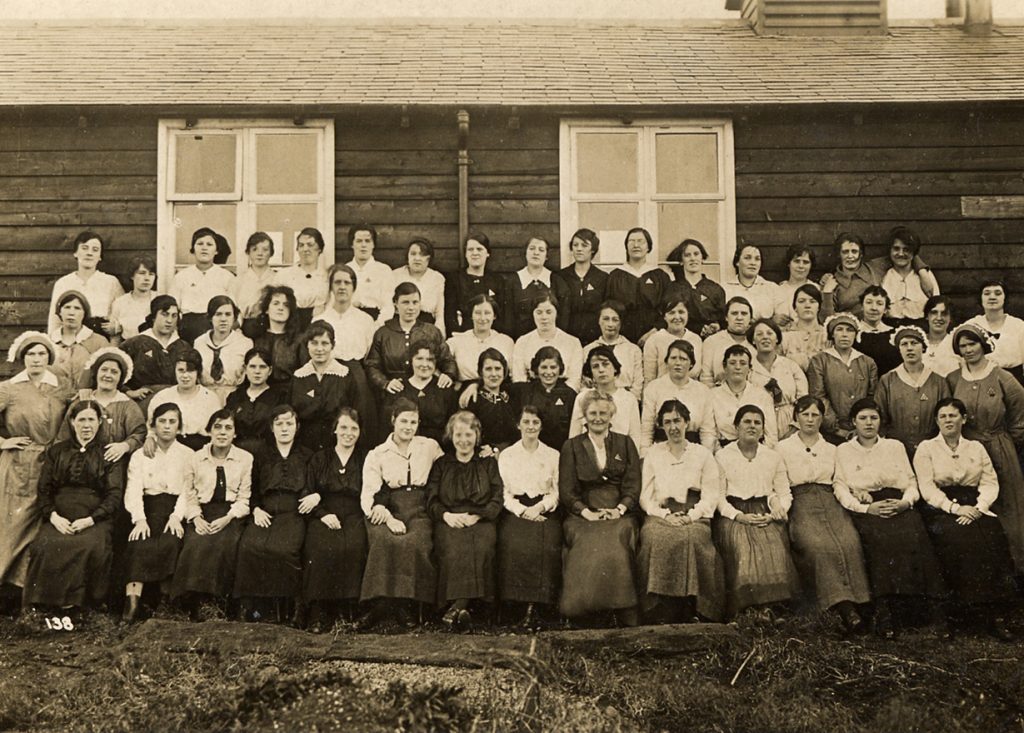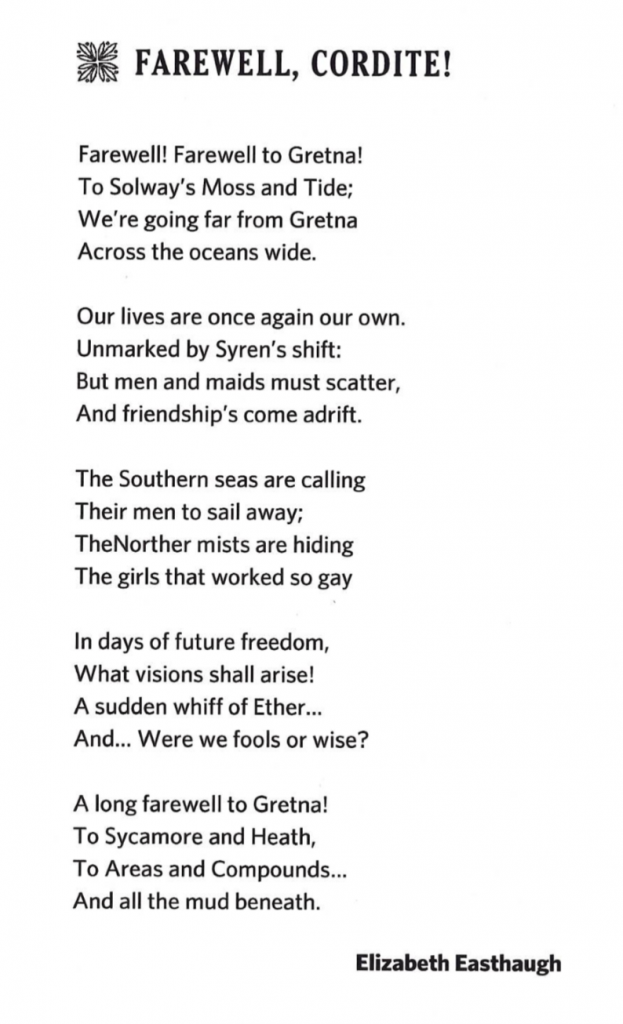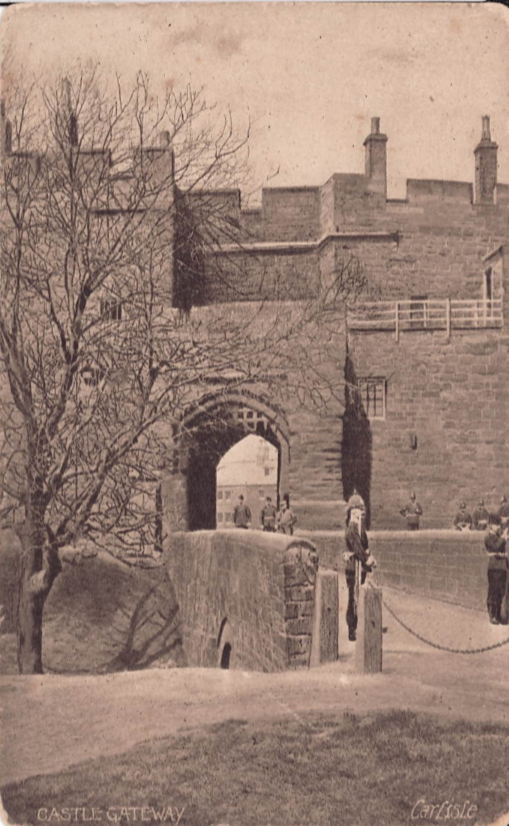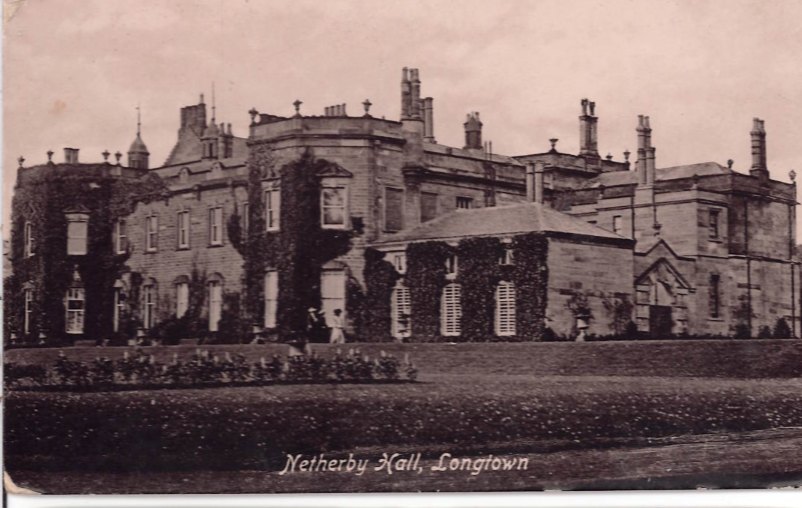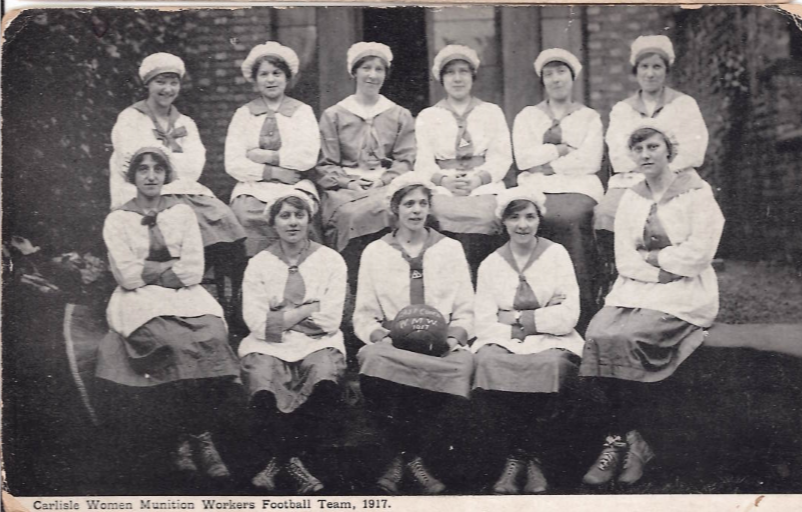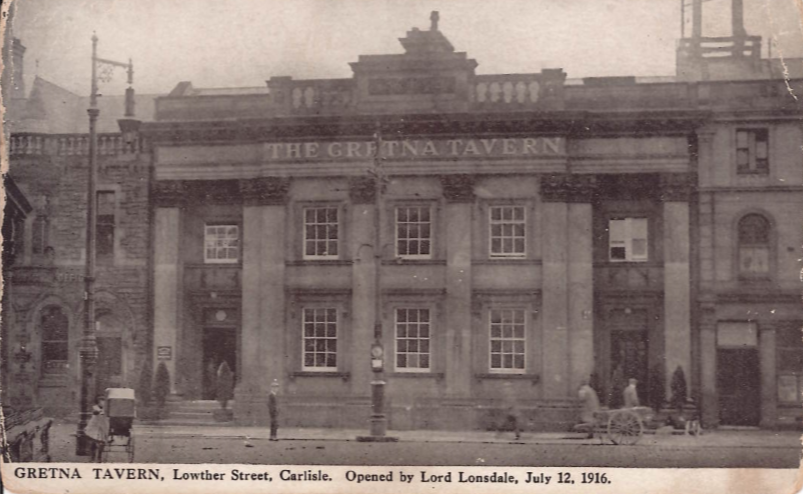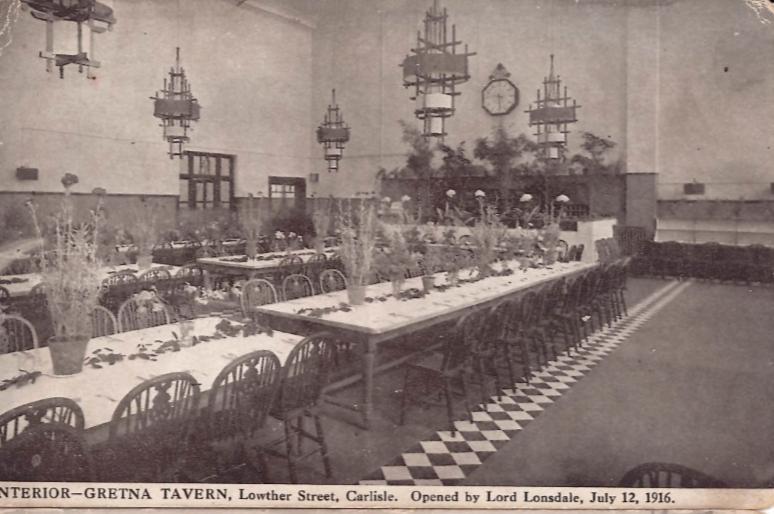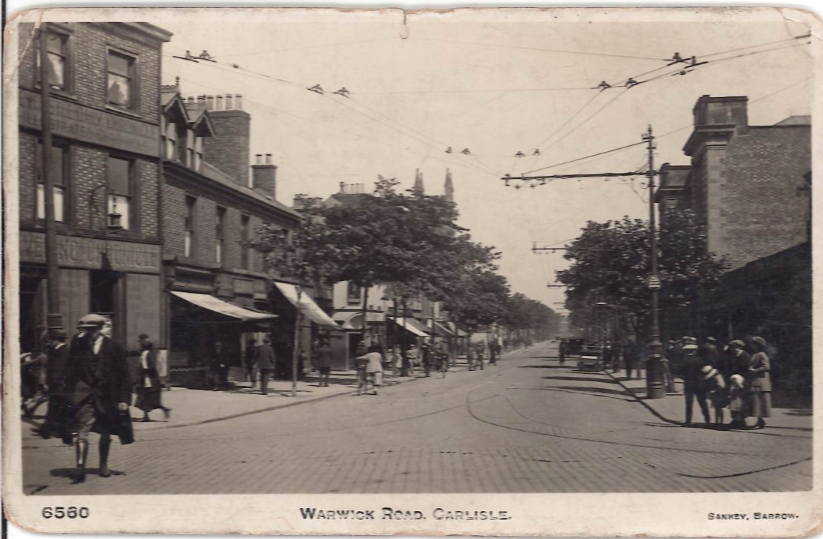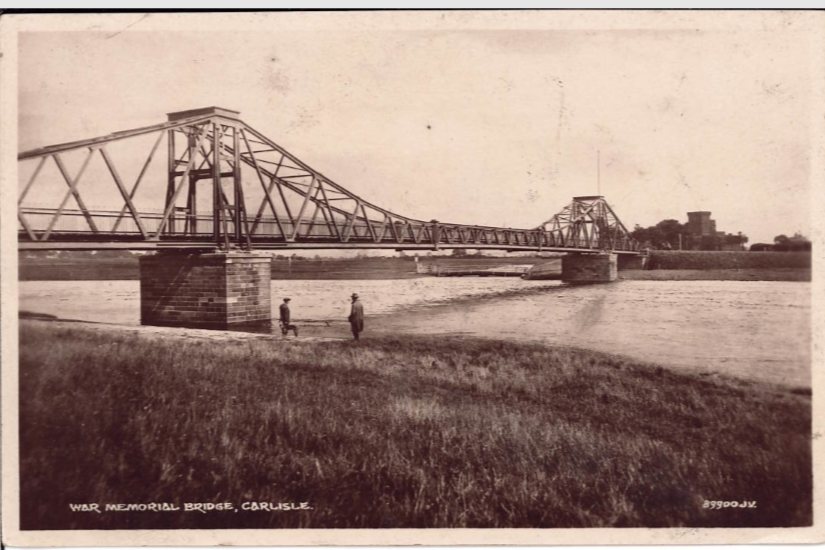While looking through our items in the Museum store we stumbled upon some old certificates from the Gretna Township Primary School from the 1920’s just after the First World War.
We also have some photos of the old school and even a photo of one of the registers from the school with some of the pupils names on it from 1917!
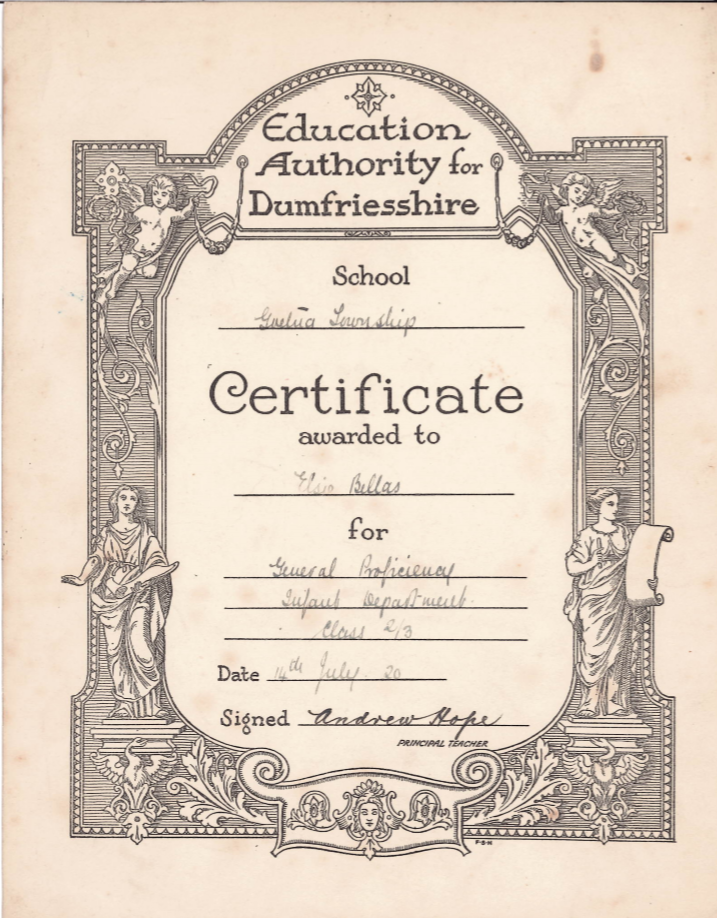
The certificates are all from the same person and were given to them each year. We only have three of them from 1920, 1921 and 1924.
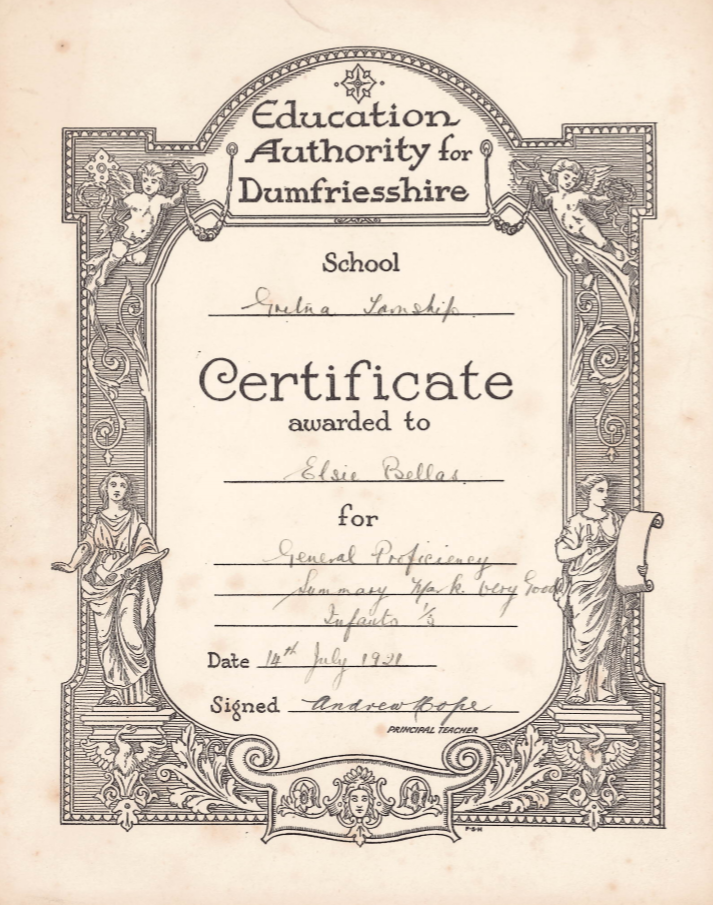
We also have some from Annan Academy with the same name on them but we will share these at a later date.
Below you can see some of the old images of Gretna Township School which we have in our archives.
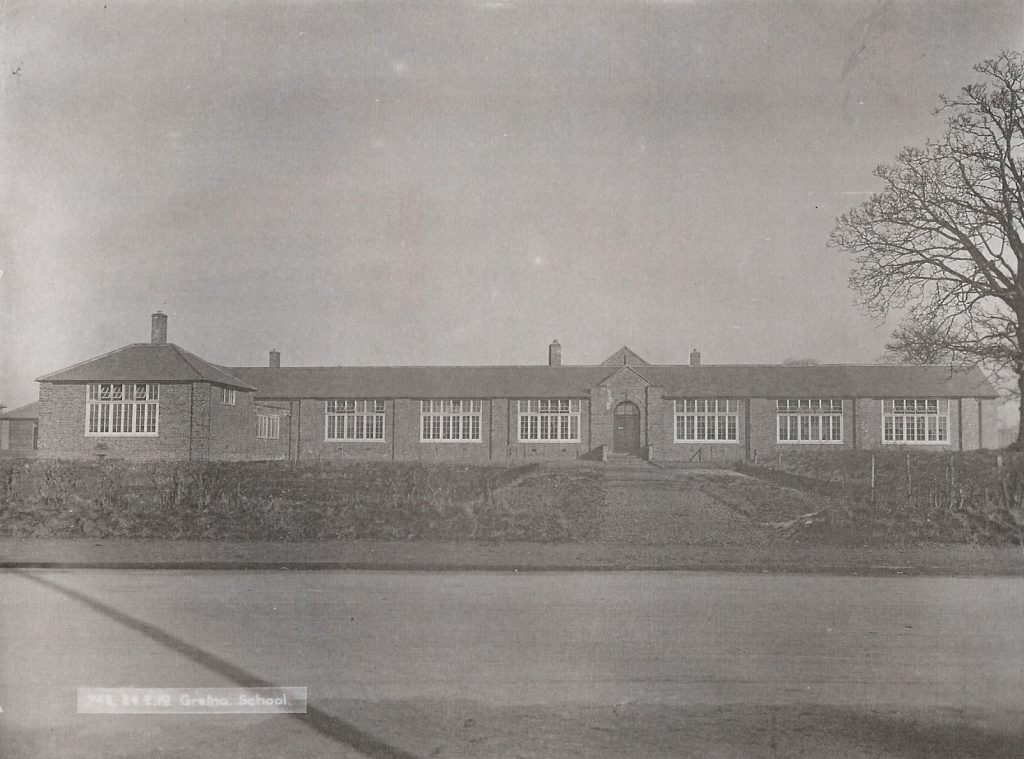
This is an old photo of the Gretna Township school
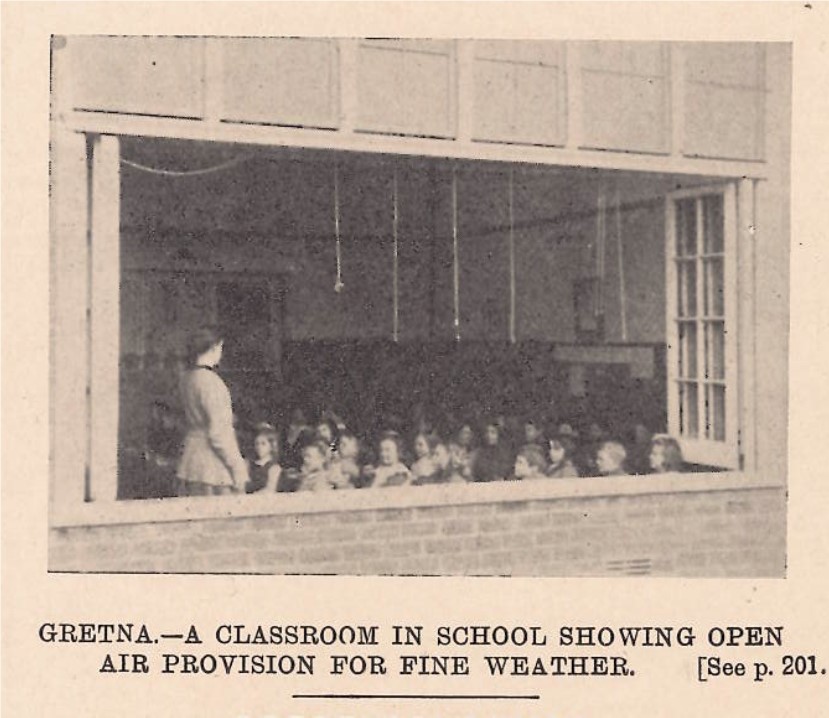
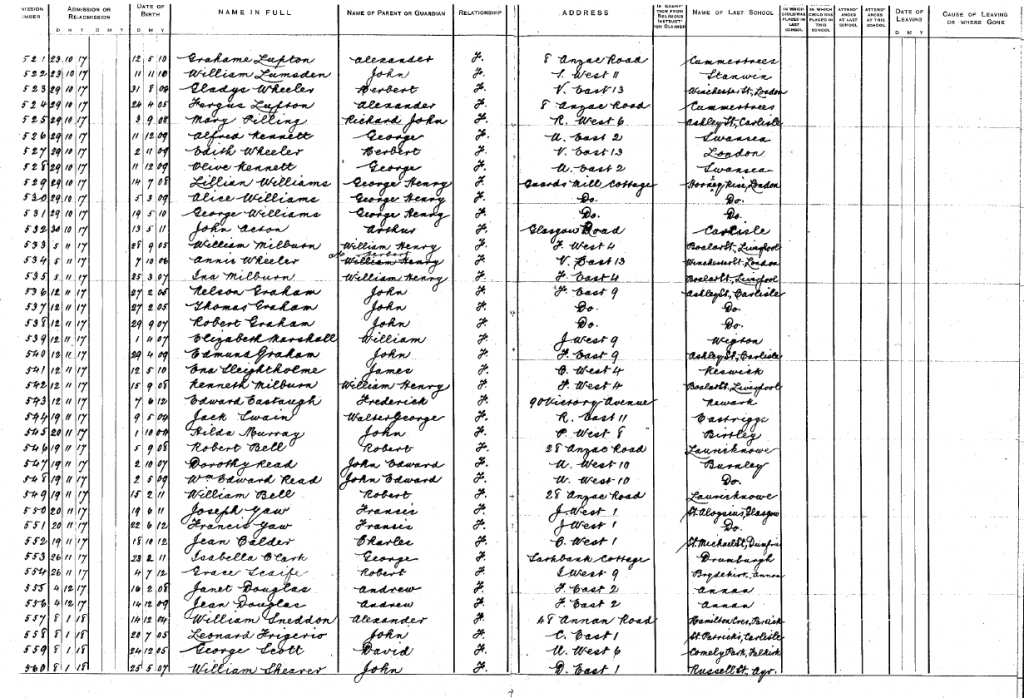
This is the old register for the class at Gretna Township school from 1917.
Watch our social media accounts to see more old photos and documents from the local area in Dumfries and Galloway!
